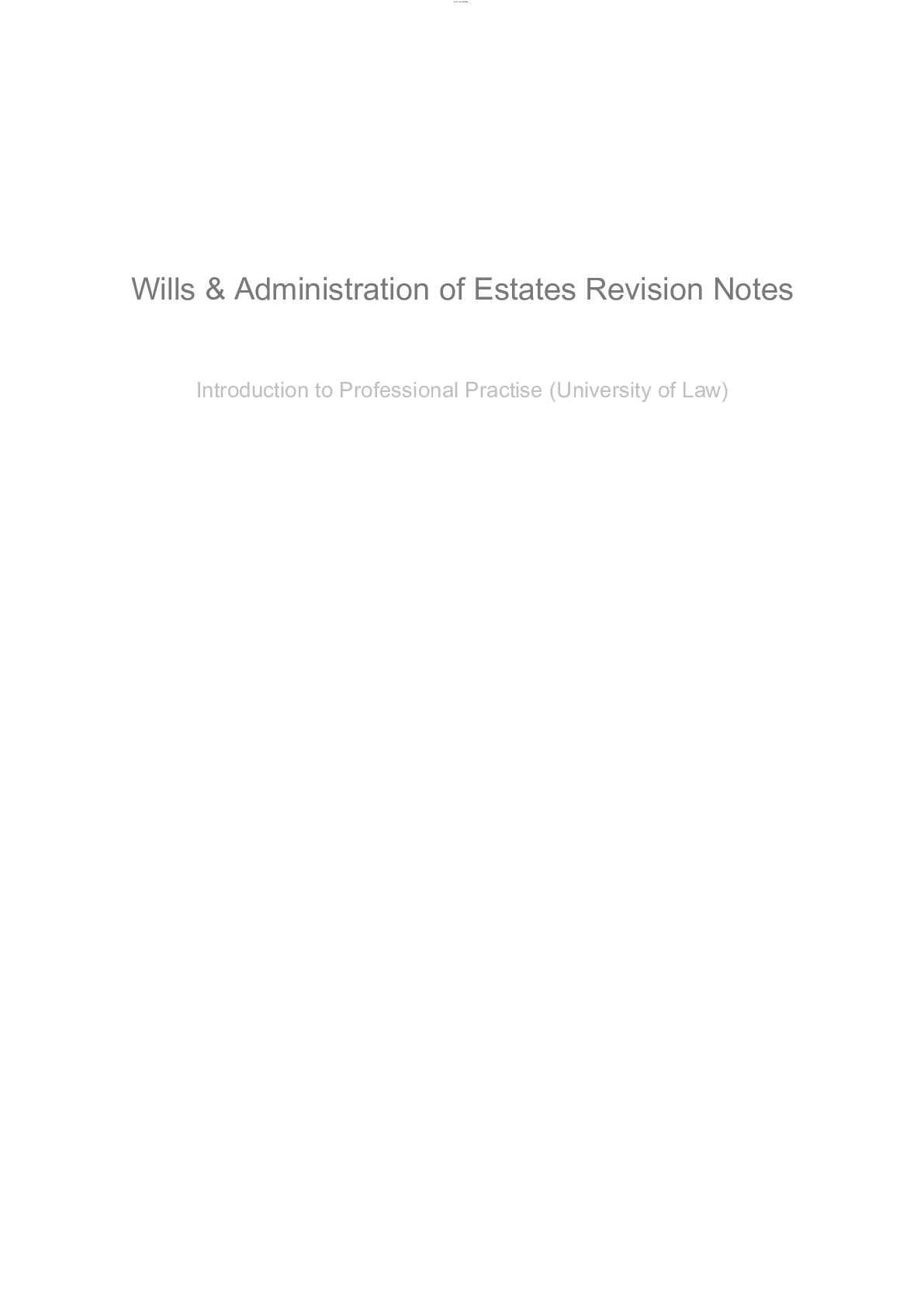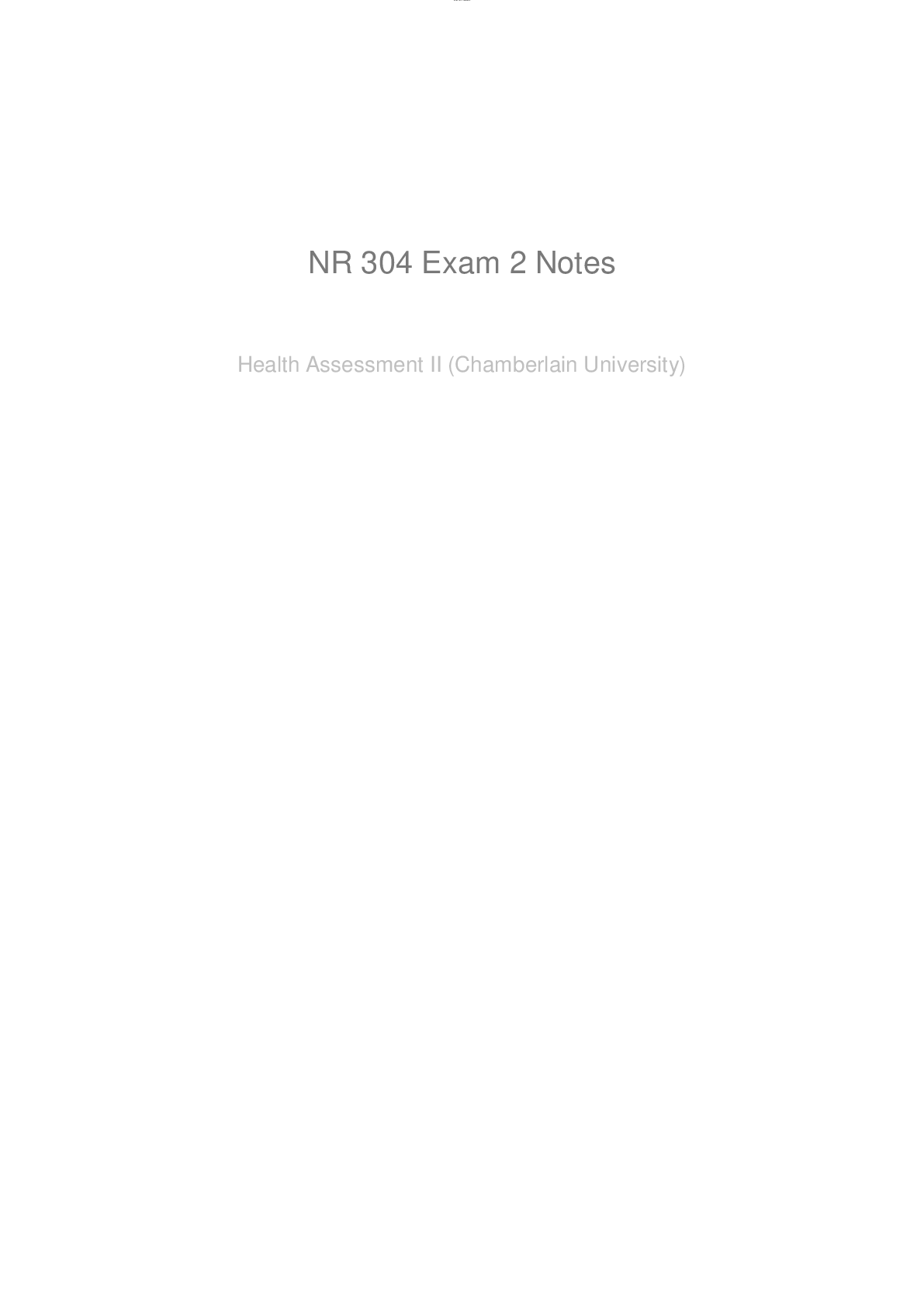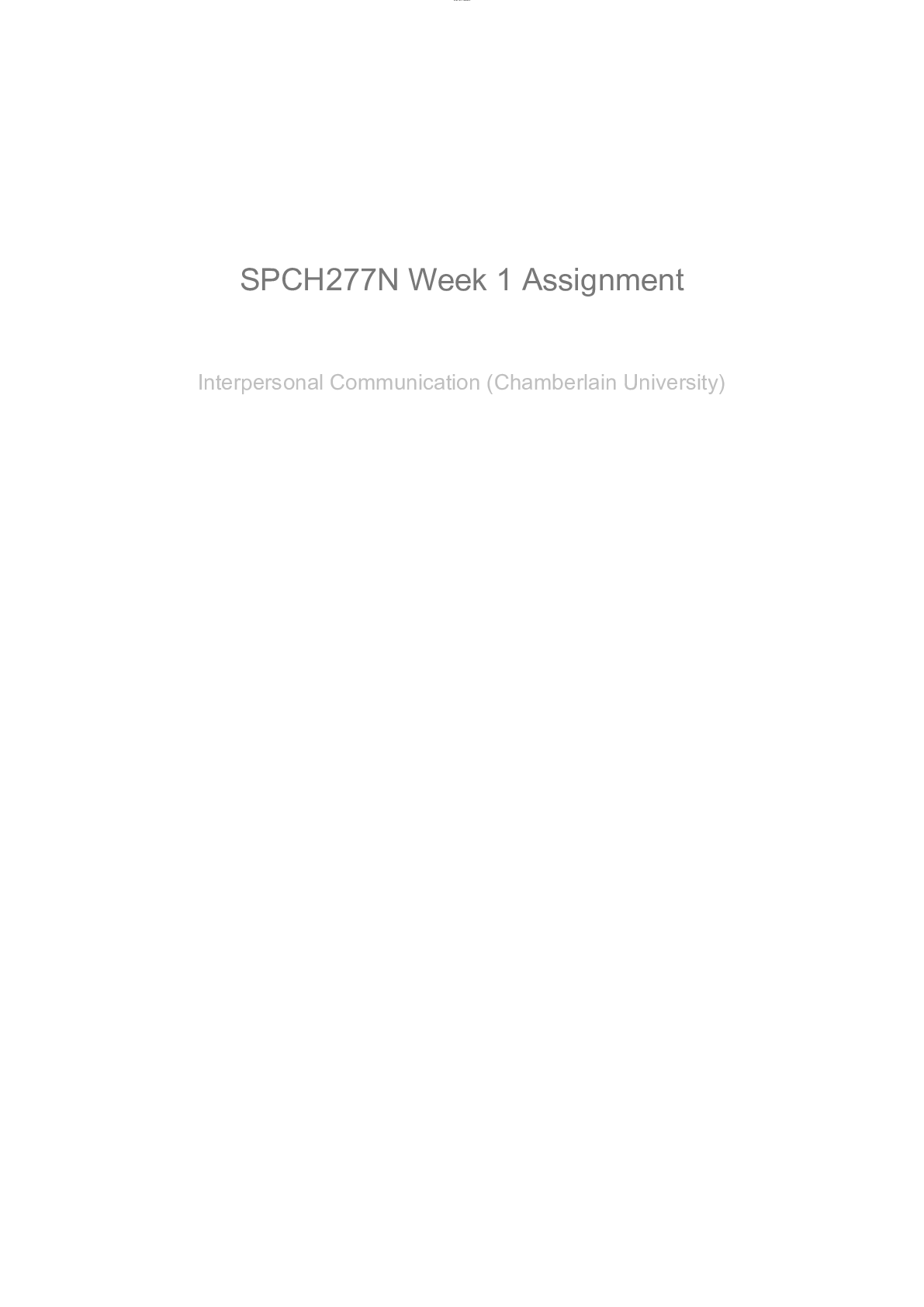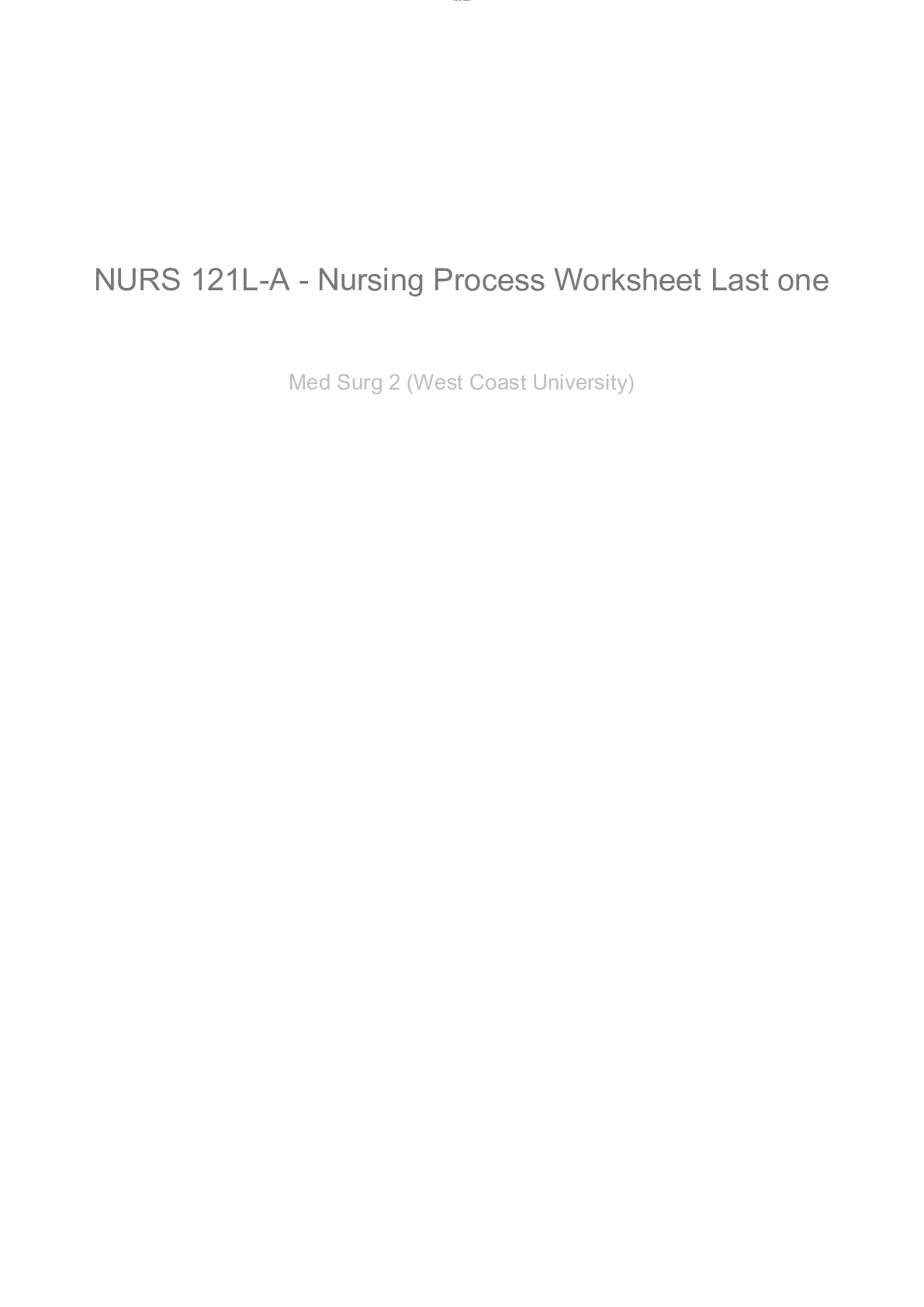Acturial Science > Study Notes > Elementary Linear Algebra (All)
Elementary Linear Algebra
Document Content and Description Below
This textbook is an expanded version of Elementary Linear Algebra, eleventh edition, by Howard Anton. The first nine chapters of this book are identical to the first nine chapters of that text; the ... tenth chapter consists of twenty applications of linear algebra drawn from business, economics, engineering, physics, computer science, approximation theory, ecology, demography, and genetics. The applications are largely independent of each other, and each includes a list of mathematical prerequisites. Thus, each instructor has the flexibility to choose those applications that are suitable for his or her students and to incorporate each application anywhere in the course after the mathematical prerequisites have been satisfied. Chapters 1–9 include simpler treatments of some of the applications covered in more depth in Chapter 10. This edition gives an introductory treatment of linear algebra that is suitable for a first undergraduate course. Its aim is to present the fundamentals of linear algebra in the clearest possible way—sound pedagogy is the main consideration. Although calculus is not a prerequisite, there is some optional material that is clearly marked for students with a calculus background. If desired, that material can be omitted without loss of continuity. Technology is not required to use this text, but for instructors who would like to use MATLAB, Mathematica, Maple, or calculators with linear algebra capabilities, we have posted some supporting material that can be accessed at either of the following companion websites: www.howardanton.com www.wiley.com/college/anton Summary of Changes in This Edition Many parts of the text have been revised based on an extensive set of reviews. Here are the primary changes: • Earlier Linear Transformations Lineartransformations are introduced earlier(starting in Section 1.8). Many exercise sets, as well as parts of Chapters 4 and 8, have been revised in keeping with the earlier introduction of linear transformations. • New Exercises Hundreds of new exercises of all types have been added throughout the text. • Technology Exercises requiring technology such as MATLAB, Mathematica, or Maple have been added and supporting data sets have been posted on the companion websites for this text. The use of technology is not essential, and these exercises can be omitted without affecting the flow of the text. • Exercise Sets Reorganized Many multiple-part exercises have been subdividedto create a better balance between odd and even exercise types. To simplify the instructor’s task of creating assignments, exercise sets have been arranged in clearly defined categories. • Reorganization In addition to the earlier introduction of linear transformations, the old Section 4.12 on Dynamical Systems and Markov Chains has been moved to Chapter 5 in order to incorporate material on eigenvalues and eigenvectors. • Rewriting Section 9.3 on Internet Search Engines from the previous edition has been rewritten to reflect more accurately how the Google PageRank algorithm works in practice. That section is now Section 10.20 of the applications version of this text. • Appendix A Rewritten The appendix on reading and writing proofs has been expanded and revised to better support courses that focus on proving theorems. • Web Materials Supplementary web materials now include various applications modules, three modules on linear programming, and an alternative presentation of determinants based on permutations. • Applications Chapter Section 10.2 of the previous edition has been moved to the websites that accompany this text, so it is now part of a three-module set on LinearPreface vii Programming. A new section on Internet search engines has been added that explains the PageRank algorithm used by Google. Hallmark Features • Relationships Among Concepts One of our main pedagogical goals is to convey to the student that linear algebra is a cohesive subject and not simply a collection of isolated definitions and techniques. One way in which we do this is by using a crescendo of Equivalent Statements theorems that continually revisit relationships among systems of equations, matrices, determinants, vectors, linear transformations, and eigenvalues. To get a general sense of how we use this technique see Theorems 1.5.3, 1.6.4, 2.3.8, 4.8.8, and then Theorem 5.1.5, for example. • Smooth Transition to Abstraction Because the transition from Rn to general vector spaces is difficult for many students, considerable effort is devoted to explaining the purpose of abstraction and helping the student to “visualize” abstract ideas by drawing analogies to familiar geometric ideas. • Mathematical Precision When reasonable, we try to be mathematically precise. In keeping with the level of student audience, proofs are presented in a patient style that is tailored for beginners. • Suitability for a Diverse Audience This text is designed to serve the needs of students in engineering, computer science, biology, physics, business, and economics as well as those majoring in mathematics. • Historical Notes To give the students a sense of mathematical history and to convey that real people created the mathematical theorems and equations they are studying, we have included numerous Historical Notes that put the topic being studied in historical perspective. About the Exercises • Graded Exercise Sets Each exercise set in the first nine chapters begins with routine drill problems and progresses to problems with more substance. These are followed by three categories of exercises, the first focusing on proofs, the second on true/false exercises, and the third on problems requiring technology. This compartmentalization is designed to simplify the instructor’s task of selecting exercises for homework. • Proof Exercises Linear algebra courses vary widely in their emphasis on proofs, so exercises involving proofs have been grouped and compartmentalized for easy identification. Appendix A has been rewritten to provide students more guidance on proving theorems. • True/False Exercises The True/False exercises are designed to check conceptual understanding and logical reasoning. To avoid pure guesswork, the students are required to justify their responses in some way. • Technology Exercises Exercises that require technology have also been grouped. To avoid burdening the student with keyboarding, the relevant data files have been posted on the websites that accompany this text. • Supplementary Exercises Each of the first nine chapters ends with a set of supplementary exercises that draw on all topics in the chapter. These tend to be more challenging. Supplementary Materials for Students • Student Solutions Manual This supplement provides detailed solutions to most oddnumbered exercises (ISBN 978-1-118-464427). • Data Files Data files for the technology exercises are posted on the companion websites that accompany this text. • MATLAB Manual and Linear Algebra Labs This supplement contains a set of MATLAB laboratory projects written by Dan Seth of West Texas A&M University. It is designed to help students learn key linear algebra concepts by using MATLAB and is available in PDF form without charge to students at schools adopting the 11th edition of the text. • Videos A complete set of Daniel Solow’s How to Read and Do Proofs videos is available to students through WileyPLUS as well as the companion websites that accompanyviii Preface this text. Those materials include a guide to help students locate the lecture videos appropriate for specific proofs in the text. Supplementary Materials for Instructors • Instructor’s Solutions Manual This supplement provides worked-out solutions to most exercises in the text (ISBN 978-1-118-434482). • PowerPoint Presentations PowerPoint slides are provided that display important definitions, examples, graphics, and theorems in the book. These can also be distributed to students as review materials or to simplify note taking. • Test Bank Test questions and sample exams are available in PDF or LATEX form. • WileyPLUS An online environment for effective teaching and learning. WileyPLUS builds student confidence by taking the guesswork out of studying and by providing a clear roadmap of what to do, how to do it, and whether it was done right. Its purpose is to motivate and foster initiative so instructors can have a greater impact on classroom achievement and beyond. [Show More]
Last updated: 1 year ago
Preview 1 out of 802 pages

Reviews( 0 )
Document information
Connected school, study & course
About the document
Uploaded On
Aug 13, 2021
Number of pages
802
Written in
Additional information
This document has been written for:
Uploaded
Aug 13, 2021
Downloads
0
Views
79

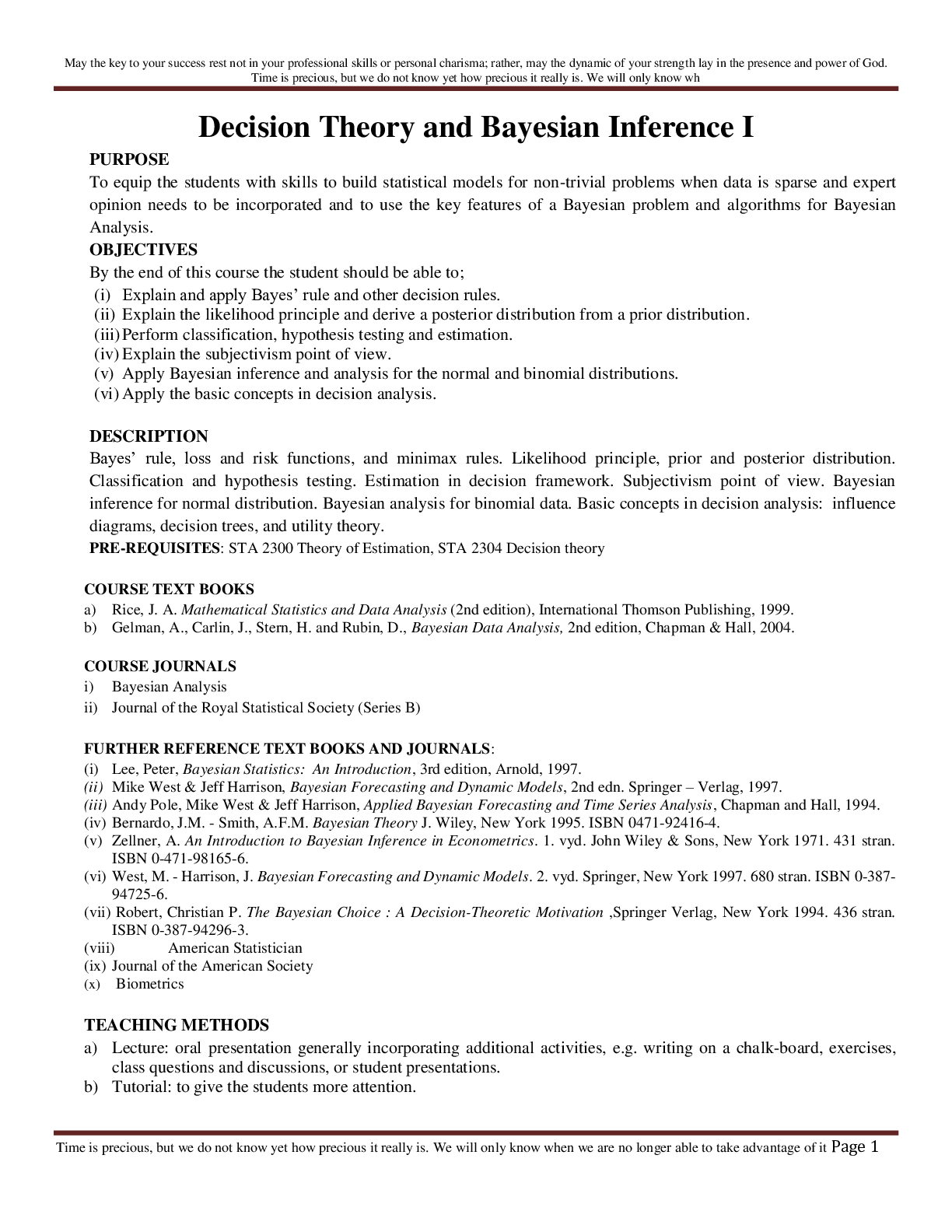
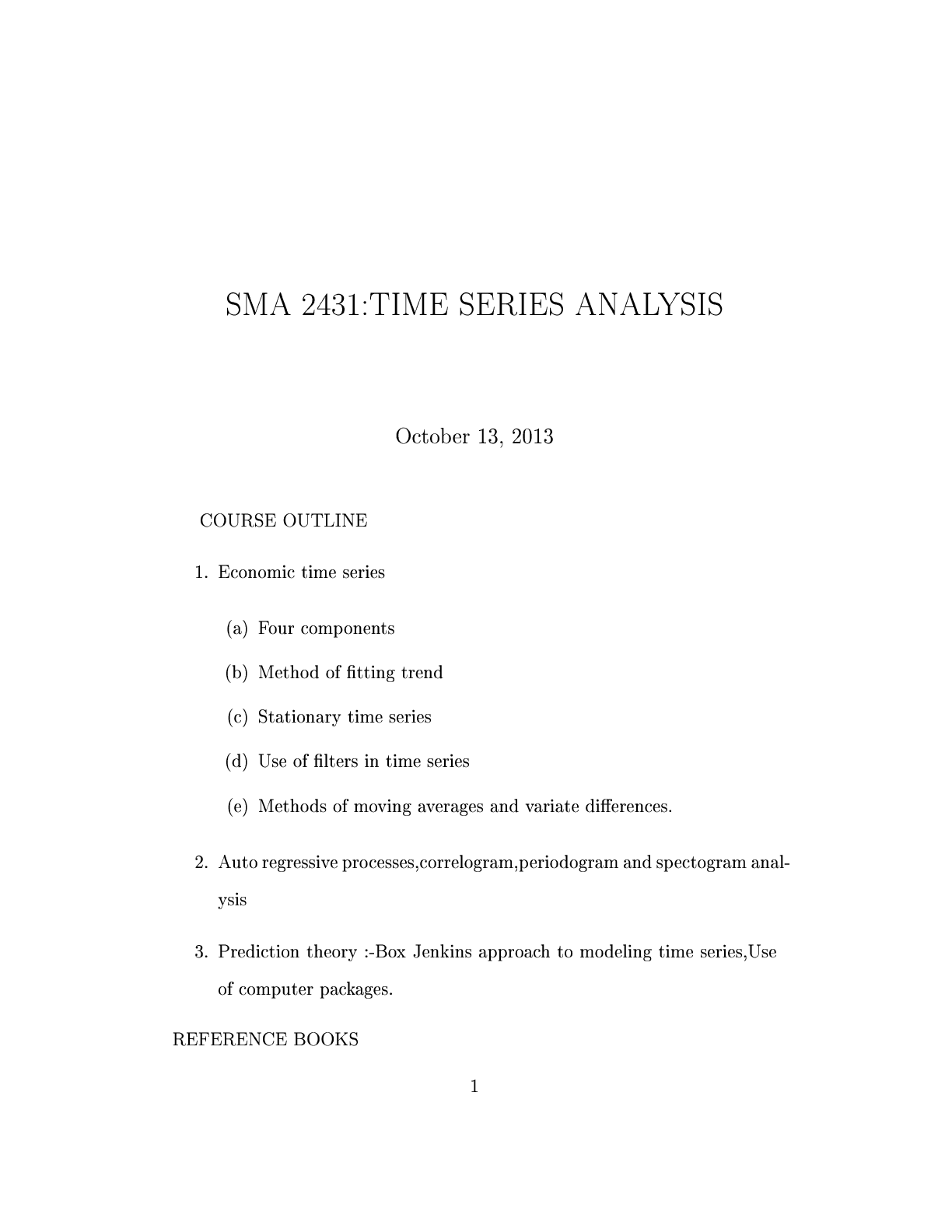
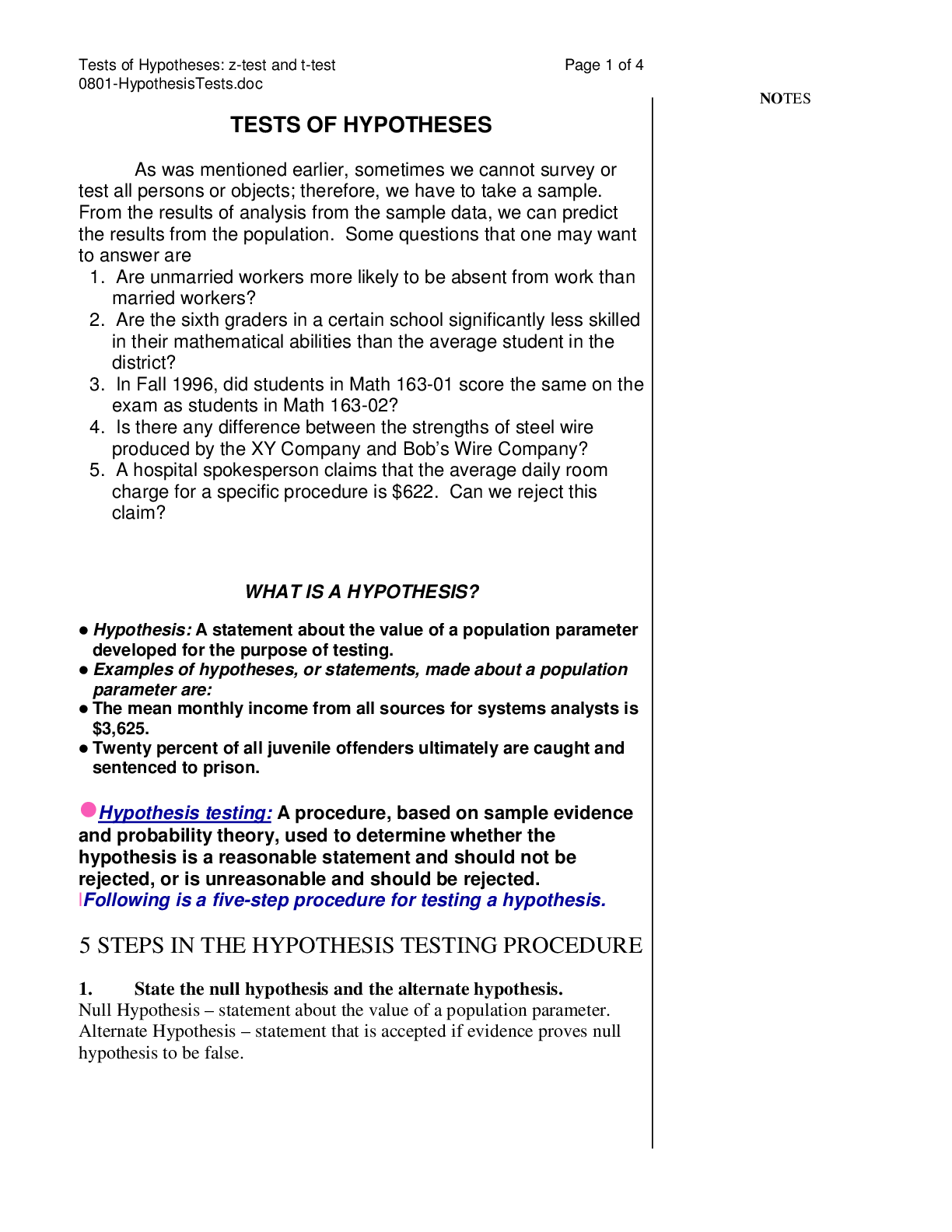

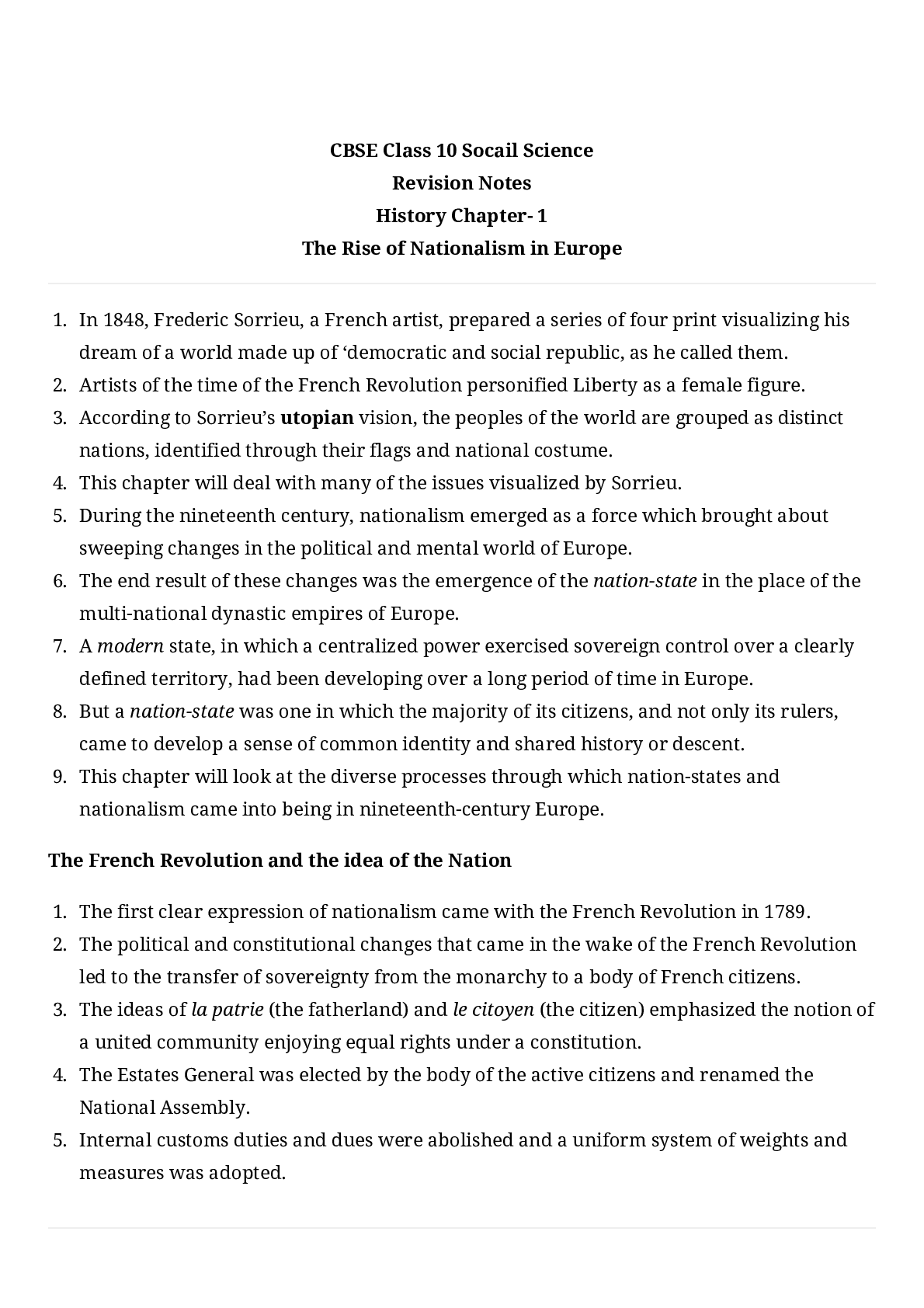

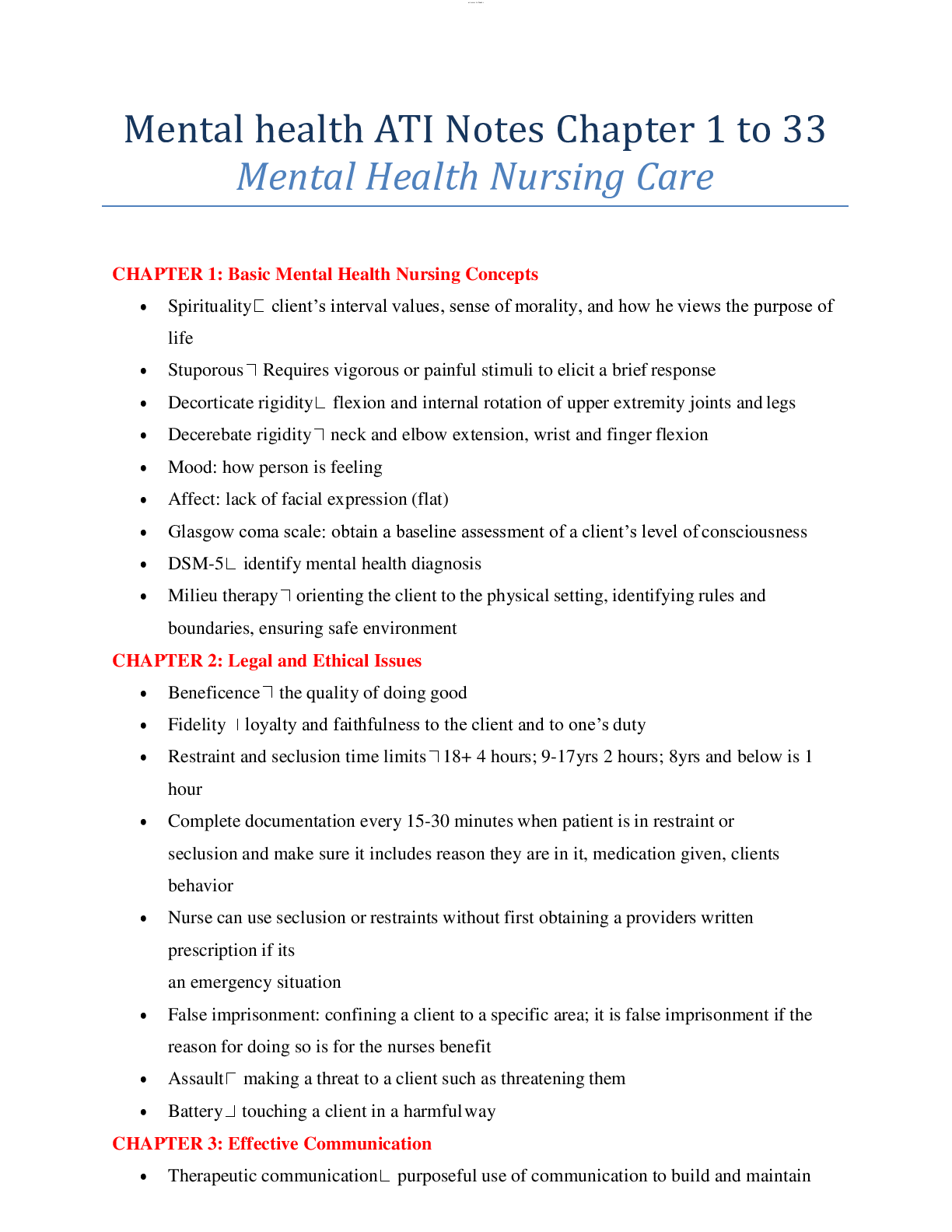
.png)


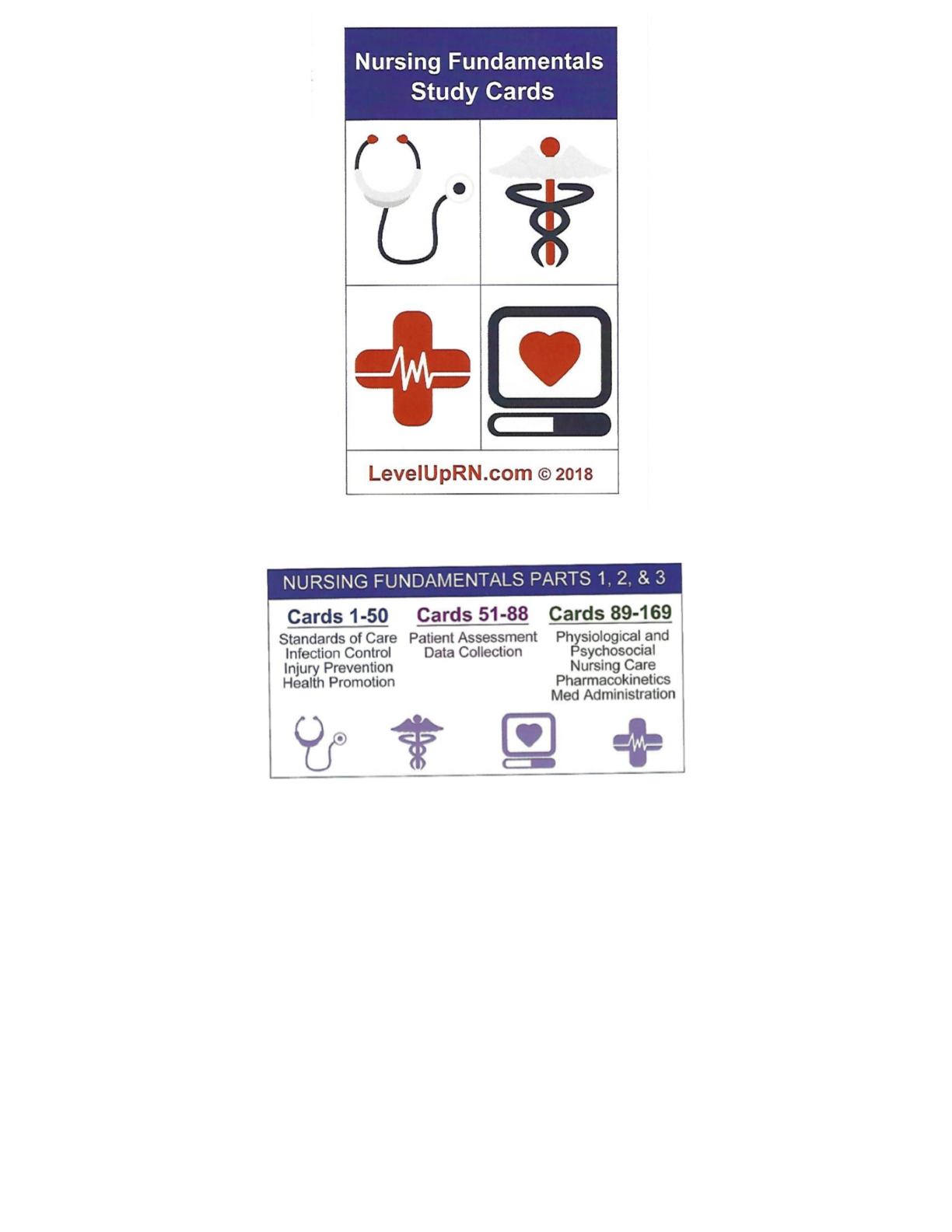

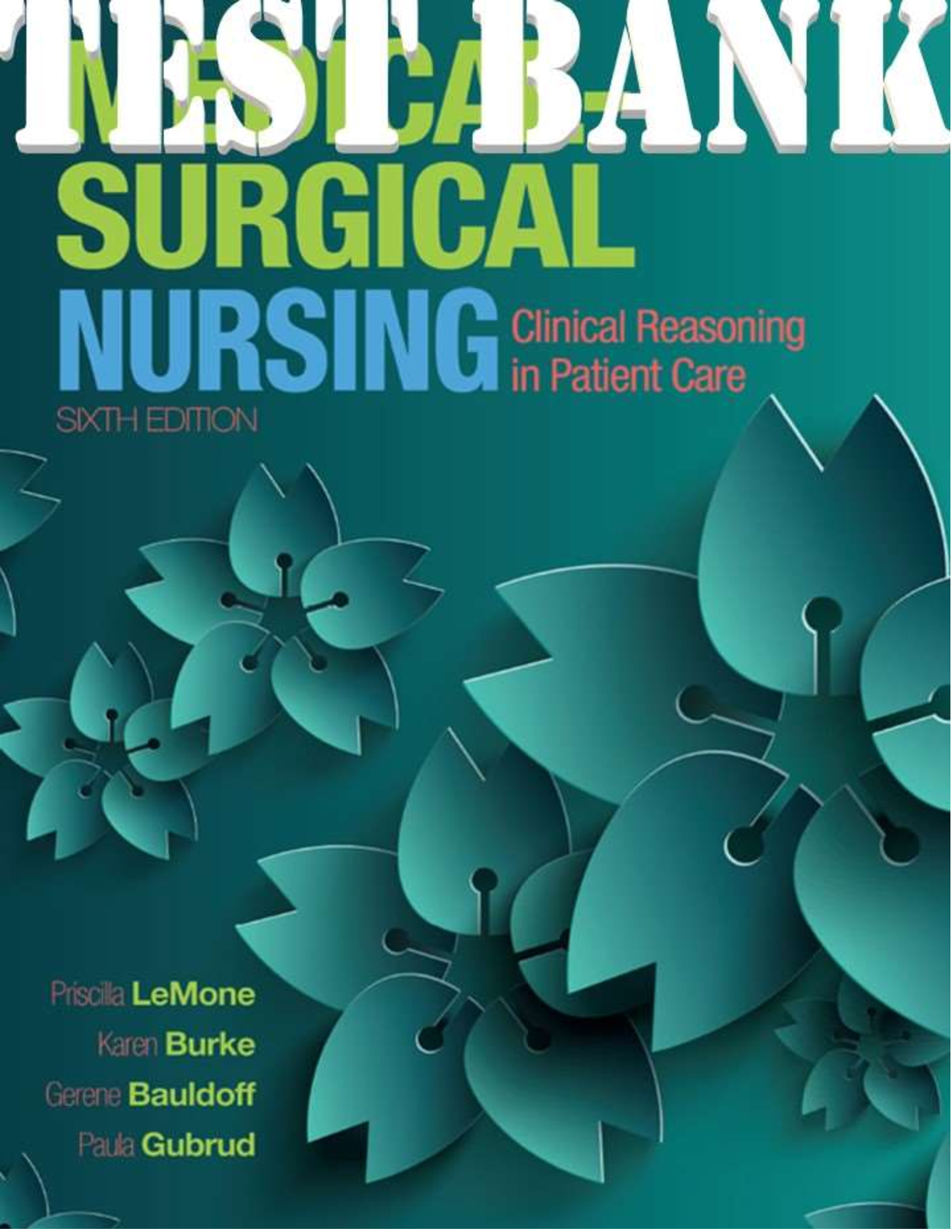
.png)

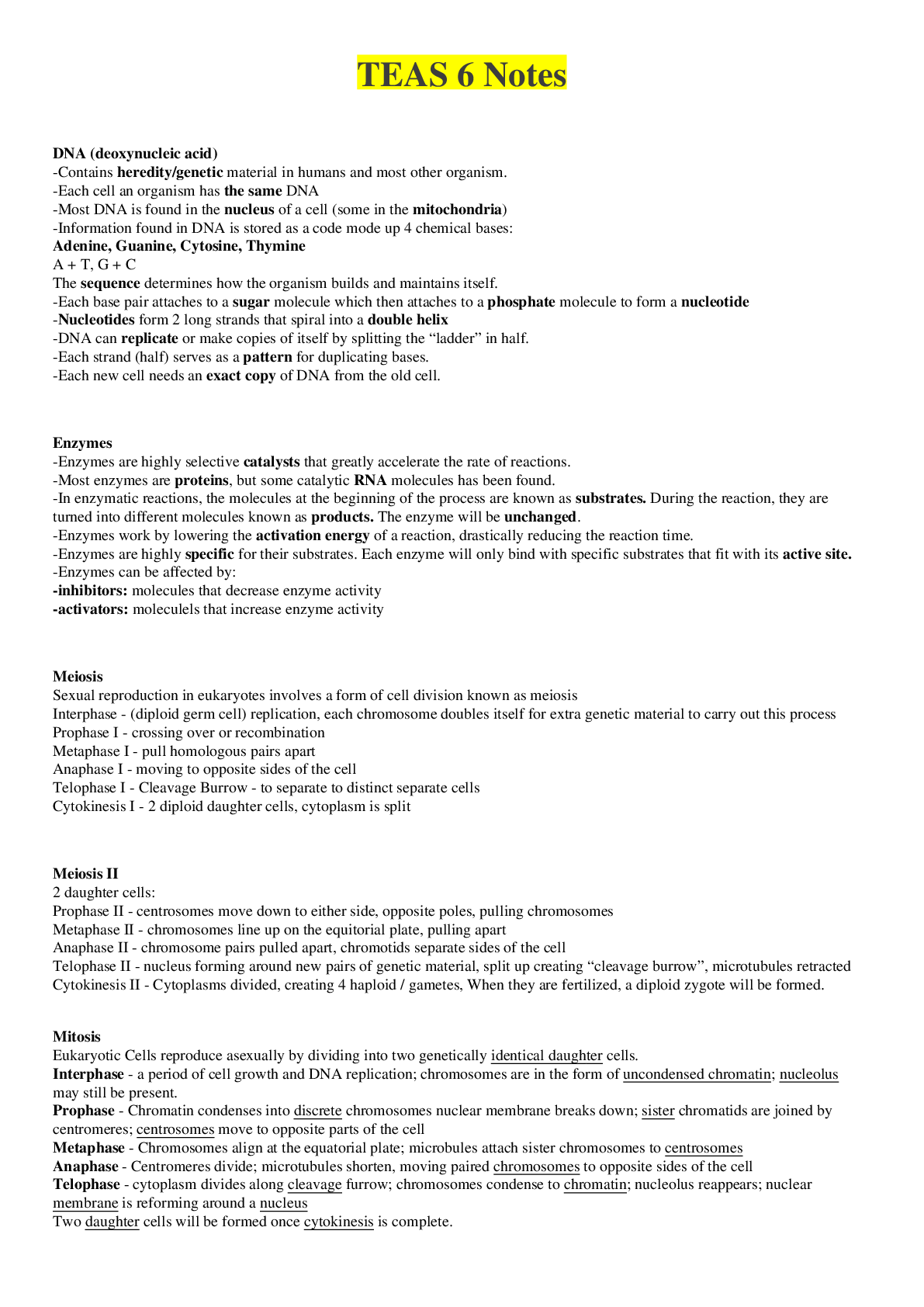

How Do Geographically Dispersed Teams Collaborate Effectively Paper.png)

